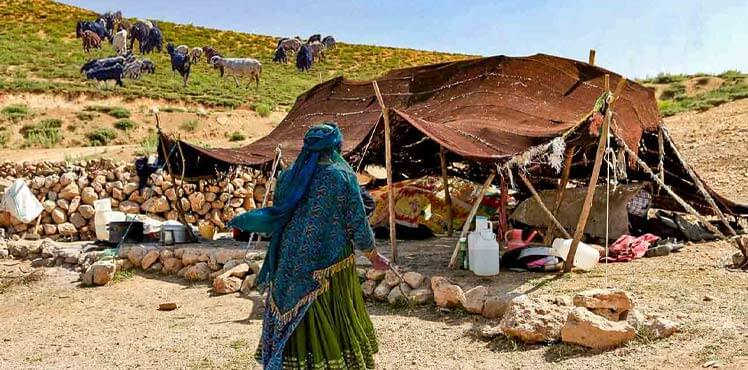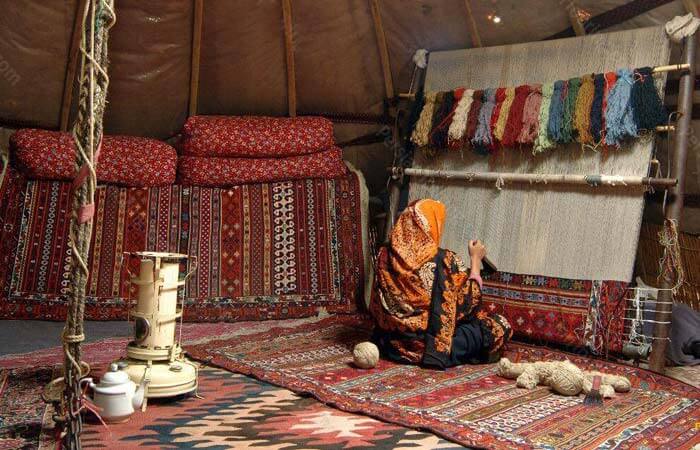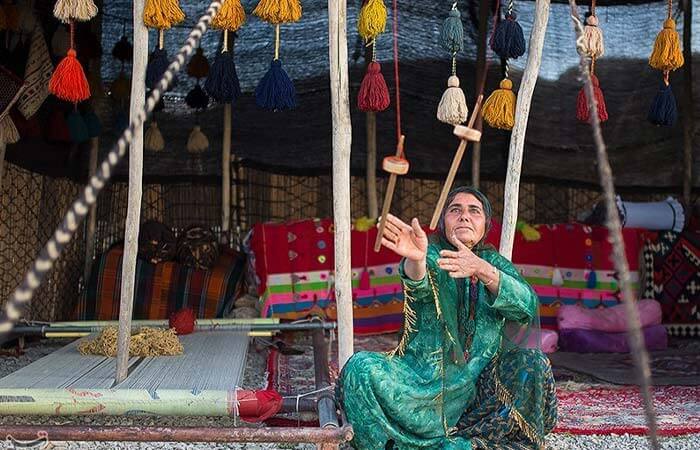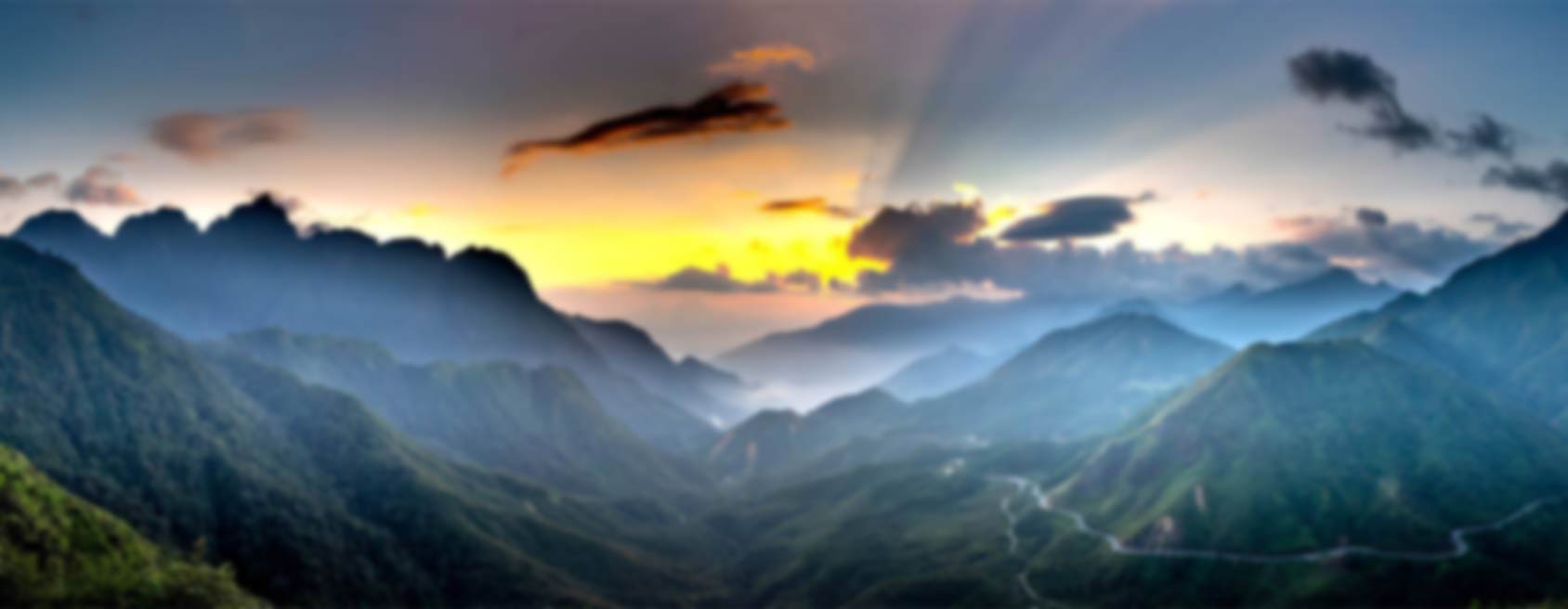
Brief about Iran’s Nomad
A notable number of Iran’s population follow a style of life that we refer to as Nomadic. One of the main attractions in Iran Tour packages is its nomads and tribes. First thing first, the tribal life of Iranian dates back to ancient history when the Arians migrated to Iran and made a country that took its name from them. Interestingly, right now there is still people in Iran who have kept the lifestyle. However, it is important to understand that what we talk about here is the tribal life and not the more general term “Aqvam” which almost includes the whole population of Iran. The main tribes of Iran right now are Bakhtiaries (singular: Bakhtiary), Qashqaies (singular: Qashqai), Shahsavans (singular: Shahsavan), and Turkmans (singular: Turkman). Here, we want to talk more about nomads, their lifestyle, migration time, their means of income, their culture and so on. In other posts of our blog, we will give more details about each of the mentioned tribes. You can experience Iran’s Nomads during Iran desert tour.

What is Kuch?
First, you have to understand that the idea of nomadic life in Iran is inseparable from the concept of migration that in Farsi we call “Kuch”. Migration or Kuch means the collective movement of the members of a tribe (with all living stuff, animal …) in spring and fall. The purpose of this act is finding weather that is more suitable, finding plains for cattle, and new means of income. This is the centerpiece of nomadic life. A life that focuses on movement and simplicity. Generally, there are two main style of Migration in Iran. First, we have the vertical migration. Here, the tribe moves from the vast lowlands to the higher altitude of mountain and then descend back. In the warmer months of the year, the tribe heads to the higher altitude. Then, with the beginning of the cold, they head back to lower altitudes. This is the most common style of migration that most of Iran’s tribe follow. On the other hand, we have the horizontal migration. We see this style of migration in tribes that live in vast flat and dry areas. These tribes migrate for the purpose of new feed for their cattle that are usually camels. We witness these tribes in areas like Sistan and Baluchistan.
When Does It Happen?
By far, we talked about the style of life that we call Kuch, but when does it start? Well, assigning a definite time to the migration is very difficult since it is directly depended on the weather. However, as mentioned, it starts with the climate warming and ends with the climate cooling. Besides, the growth and blooming of flora (grass to be particular) is very important. They need to be sure there is enough feed for animals before the Kuch begins. There are other factors influencing the migration as well, like tribal disputes. Sometimes to avoid conflicts Kuch begins sooner or later than the determined time. You have to keep in mind that the whole process can take weeks depending on the route and distance. We are talking about thousands of people moving kilometers to a new habitat. Thus, it is not something to happen fast and be over with.
What is Their Source of Income?
The most common means of Income for nomads is husbandry. They use the meat, the diary product, the wool and whatever that can be retrieved from the cattle both for personal use and to sell. That is why finding good pastures is very important for them. Next to that, they have limited agriculture and handicraft productions.
Usually, they do agriculture for personal use. However, that does not stop them from selling their products when they have surplus or need money. But considering the movement, agriculture cannot be a dependable source, especially for grains that take longer to grow.
Handicrafts and hand made products like fabrics, scarfs and most importantly, carpet are other ways for the nomads to gain some money. The nomadic carpet is very famous in Iran for its vibrant color and basic – sometimes-faulty – patterns that shouts authenticity.

Bakhtiari nomads
Bakhtiaries are one of the main nomadic tribes of Iran. We have discussed the nomads of Iran in Blog posts. The Bakhtiari Nomads, with a population of around 800 thousand members, live in an area equal to 67 thousand square kilometer. These lands are in the central areas of Iran and part of Zagros mountain range. Today, only one third of the Bakhtiaries migrates. Nevertheless, they still have the biggest population of migratory tribes among Iranian Nomads. At the end of summer, they head to the Khuzestan Plain and in winter, they live in highlands of Isfahan. Bakhtiaries’ migration takes around four to six weeks and happens through five different routes. The time of migration must be precise to avoid possible early snow, flood, or the lack of pasture.
Appellation of Bakhtiari
Bakhtiar as a word means a fortunate person. In the Safavid dynasty, however, this term was used to refer to people who moved from one place to another and from one pasture to another. There is also the possibility that Bakhtiar was a leader in a tribe and slowly the whole group has come to be known with his name. Nevertheless, Bakhtiaries are descendants of Aryans that migrated to Iran from north. They are now Shitte Muslims and speak in Bakhtiari dialect.
Hierarchy among Bakhtiaries
As a social institution, the Bakhtiari Nomads have social hierarchy. There are different sections run by a person that has to answer to his/her higher ups. Since the nomadic life is patriarchal, the heads of the social units are usually men.
In the Bakhtiari Nomads, the smallest social unit is a family. The family includes a mother, father, and the unmarried children. They live in a tent known in Farsi as Siah Chador. This social unit is Bohon among Bakhtiaries. The families that are related usually set up their tents close to each other and make a larger unit. Bakhtiaries call this unit Maal. From the combination of Maals, an Ulad is formed. Then, the Ulads come together to make a Tash. After that, the Tashes make a Tireh. At last, the Tirehs make a Tayefeh or Tribe.
In this regard, Bakhtiaries have two different tribes of Haft Lang and Chahar Lang. Haft Lang is the bigger of the two tribes. Because it is bigger, it has also what Bakhtiaries call Bob. Bobs are combination of several Tayefeh. Haft Lang tribe has four Bob and each Bob has several Tayefehs. However, Chahar Lang is smaller. It has four main Tayefehs.

Bakhtiari Clothes
Bakhtiari men wear loose, long, black pants. It is tight in the waist but very loose on the legs. Today, the wear the shirt with modern shirts. Over that, there is a long, knee length vest. The vest is from wool with black vertical line. The usual color of clothing for men is dark colors like black and dark brown. Except for the vest which is in Beige too.
The female clothing is exact opposite of the men. It is full of color. The usual attire of a woman has three sections, a three-piece headwear, a skirt and a dress. Ornamentation is very important for women. Their dresses usually have some traces of handwork on it. The colorful dress, the ornamentation and the hairstyle gives a Bakhtiari woman a unique and magnificent look.
Bottom line
Writing about nomads is very difficult because there are so many important things, so many interesting things that must be said. From their lifestyle, to life philosophy, to tribal hierarchy, to customs and traditions, to their houses, dresses, language, all are important and interesting. There are so much to say. And we will talk and write about them as much as we can. Just wait for it.






